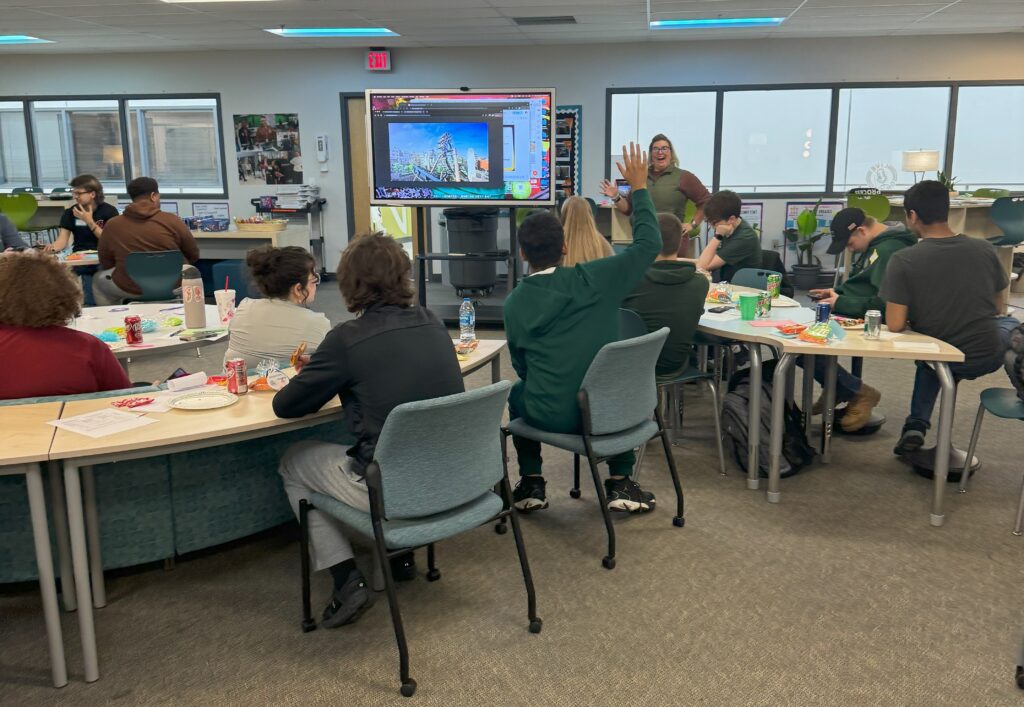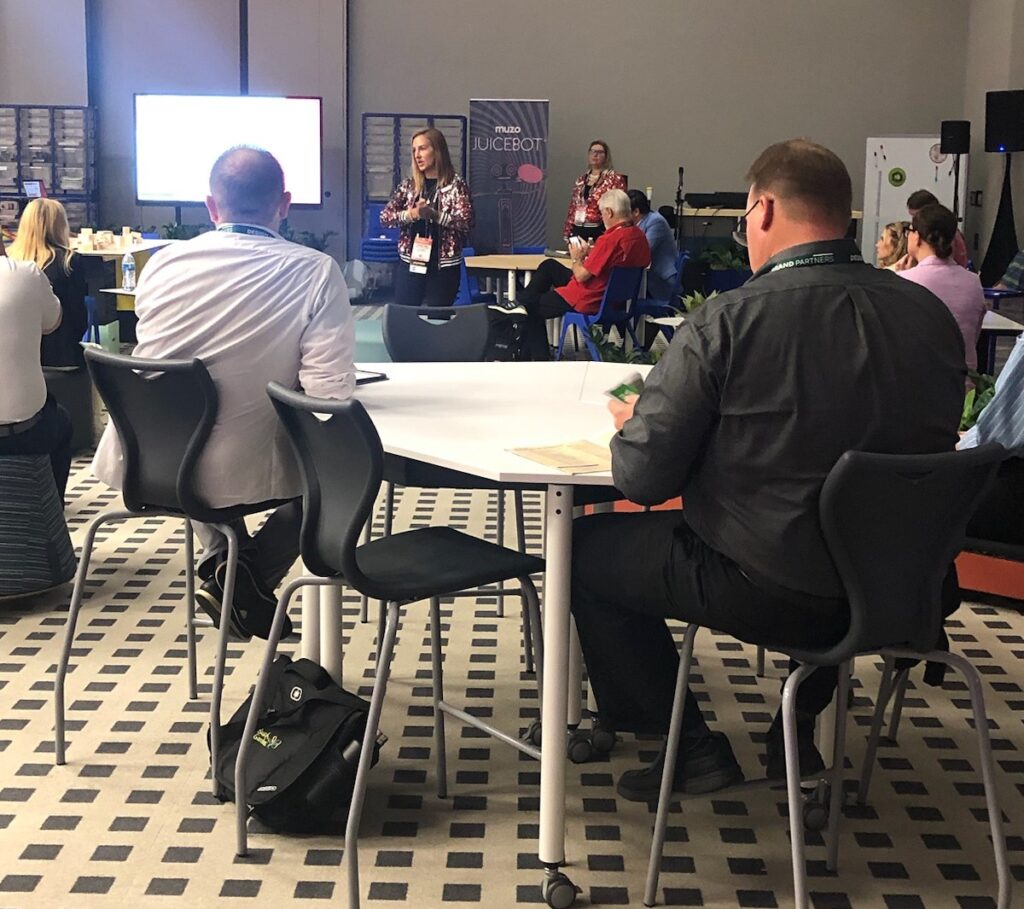Educational innovation is a critical step toward creating learner-centered spaces that foster engagement, collaboration, and success. However, skepticism is a common hurdle when introducing modern active learning environments. The skills that educators were trained in are rapidly becoming outdated with digital natives (Seward & Nguyen, 2019). Addressing concerns, building trust, and fostering collaboration are essential to transforming skeptics into advocates for change.
The environment and curriculum must both align with future-ready pedagogies to engage learners and prepare them for life after school and being global citizens.
Understanding Skepticism
Skepticism often arises from fear of change, uncertainty about results, or past negative experiences. To effectively address these concerns, it’s crucial to create an open dialogue, acknowledge reservations, and emphasize the benefits of innovation. Educational innovation starts with the focus on the learner. The environment and curriculum must both align with future-ready pedagogies to engage learners and prepare them for life after school and being global citizens. While well intentioned, the fact is that many educators have not been in school themselves in over a decade. When observations, performance reviews, and merit pay are tied to educator and learner performance, it is understandable why educators struggle with new and unknown.
The Case for Active Learning
Research underscores the effectiveness of active learning in improving educational outcomes. According to the World Economic Forum’s Future of Jobs Report 2020, active learning:
- Increases test scores and overall achievement,
- Enhances retention of information,
- Boosts student engagement, and
- Improves attendance rates.

By presenting this data, educators and administrators can build a compelling case for change. This starts with working together and breaking down the silos. There have been many shifts over the years. From RtI to MTSS, from direct to whole child instruction, from equality to equity, and adding a new class of literacy in digital literacy. While some of these initiatives have been accepted with open arms, many require significant professional development opportunities and extensive collaboration and monitoring to ensure success. Educators and administrators must work together with a shared vision and exercise the feedback loop to achieve innovative change.
Strategies to Convert Skeptics
The process of winning over skeptics starts with understanding their concerns and engaging them through thoughtful strategies. Here are some proven methods:
- Connect Before Content Relationships matter. Building trust with skeptics (and all stakeholders) starts with genuine connections. Share personal stories, listen to concerns, and demonstrate empathy. Creating a supportive and collaborative environment sets the foundation for open conversations about change.
- Provide a Vision Show stakeholders what’s possible by:
- Hosting community town halls to discuss innovative ideas,
- Organizing furniture fairs that showcase flexible and engaging designs,
- Offering field trips to active learning spaces, and
- Providing access to digital simulations or videos that bring innovative environments to life.
- Empower Through Professional Development Hands-on experience and training can help skeptics visualize the potential impact of active learning environments. The role of the educator has shifted to being not only an education professional, but also a learner of new knowledge and technology, education partner, reform initiator, decision-maker, and realizer of school ideas (Jurs et al., 2023). Develop programs that enable stakeholders to:
- “See it” in action through live demonstrations or classroom visits
- Participate in workshops focused not only on the environment and active learning, but including a shift in pedagogical research-based best practices
- Share success stories from districts or schools that have already embraced innovation. Connect educators with educators in other districts or states to talk through the changes and challenges.
- Create Feedback Loops Ongoing progress monitoring is imperative for providing a continual feedback loop to inform decisions (Hollo et al., 2024). Ensure all voices are heard by leveraging tools such as:
- Digital surveys to capture diverse perspectives
- Ongoing community discussions, and ongoing touchpoints to follow up on professional development effectiveness
- Regular meetings with stakeholders to review progress and make adjustments.

Success Stories and Proof of Concept
Highlighting real-world success stories can be a powerful tool for converting skeptics. Districts like Perry School District (MI) and North Kansas City Schools (MO) have seen tangible benefits from implementing active learning environments. By sharing these examples, and connecting educators with success stories in areas with similar demographics and size to their own, you can provide evidence that innovation works.
A Collaborative Mindset
As the saying goes, “No one knows everything, but everyone knows something.” Bringing stakeholders together fosters collaboration, generates creative ideas, and ensures the final solution reflects the needs of all involved. Breaking out of old routines is hard, especially when we don’t know what we don’t know. By breaking down silos and working collaboratively to share perspectives and experiences, educators will be more successful and shift from their skepticism.
Final Thoughts
Converting skeptics into supporters requires patience, persistence, and a commitment to collaboration. A shared mission and vision, where everyone stands to benefit, is critical to create understanding and urgency. By focusing on relationships, sharing compelling research, and involving stakeholders in every step of the process, educational leaders can pave the way for active learning environments that inspire and empower learners. Let’s unlock the power of innovation together — because our learners deserve nothing less.

